Find Open Parking Space By Phone
 If you live in a big city or are visiting an unfamiliar city, finding a parking space can be a hassle.
If you live in a big city or are visiting an unfamiliar city, finding a parking space can be a hassle.
It doesn’t have to be.
There are a variety of parking apps for your smartphone that can help located and in the case of paid parking, even help you reserve open parking spaces while you’re still on the road!
Here are just a few:
- Parker (TheParkerApp.com)
- SpotHero (SpotHero.com)
- ParkWhiz (ParkWhiz.com)
- BestParking (BestParking.com)
- ParkMe (ParkMe.com)
Thank us later. Right now, you’ve got a parking space to find!
The Top 10 TV Shows for Baby Boomers
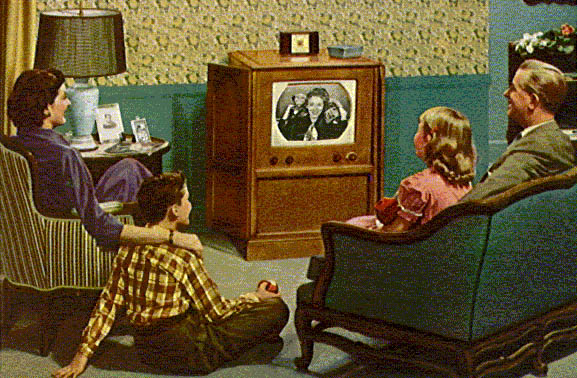 by Allen B. Ury
by Allen B. Ury
There are two kinds of TV series. I'm not talking about "drama" vs. "comedy." Or "prestige" vs. "popular." Or even "good" vs. "crap." I'm talking about "Teflon" vs. "sticky."
Teflon series are those you watch -- and may even enjoy -- but their impact slides away like eggs off a greased skillet. Some Teflon series are highly rated. Some Teflon series even win prestigious awards. But in the end, Teflon series tend to fade into obscurity like some exotic avian species, what minor fossils they leave behind to be carefully picked over, studied and debated by small cadres of dedicated media historians, but otherwise forgotten by later generations.
And then there are "sticky" series. Sticky -- in the modern marketing vernacular -- refers to ideas or concepts that not only tap into the current cultural zeitgeist, but have true staying power. Many "sticky" TV series are low-rated. Some last only a few seasons. They may even be critical pariahs. But, even in cancellation, they refuse to go away. They become part of us. Part of our cultural DNA. And thus part of our shared memories. (As well as topics for endless Internet click-bait articles.)
The Baby Boomer era for popular culture -- roughly 1950-1975 -- was rife with both Teflon and sticky TV series. This was the era that critics called both "TV's Golden Age" and "a vast wasteland." It produced series that, at the time, won critical plaudits but which today are all but forgotten. (This is particularly true of 1950s era dramatic anthology series like Playhouse 90 and Studio One, prestige programs that were broadcast live and thus never syndicated.) It also produced shows that were critically reviled yet are still held warmly in the hearts of aging Boomers (e.g. My Favorite Martian, The Beverly Hillbillies, The Brady Bunch, Hogan's Heroes, etc.)
Here’s my list of the Top 10 TV Shows for Baby Boomers. Presented in chronological order, the list represents what I believe are the "stickiest" shows from this 25-year period. Like all lists, it's woefully incomplete and probably not reflective of everyone's tastes. But I suspect you'll find several of your favorites in this collection. And some wonderful memories as well.
- The Ed Sullivan Show (1948-1971)
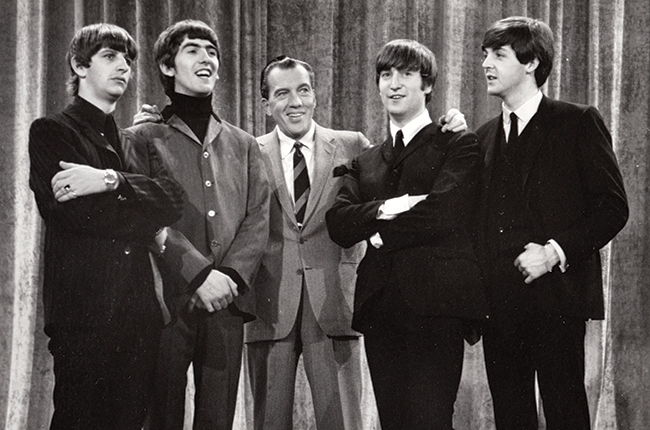 The Ed Sullivan Show -- originally Ed Sullivan's Toast of the Town -- not only helped define the Baby Boom generation, it served as a cultural bridge between Boomers and their parents. Here was a show that the entire family literally watched together. Kids, bored with the opera singers, Broadway show tune belters and Borcht Belt comics, could enjoy the latest rock-and-roll sensations from Elvis to the Beatles to the Rolling Stones, cutting-edge comics like George Carlin, Flip Wilson and Richard Pryor, and those weird specialty acts like Senor Wences and Topo Gigio. Sullivan's unique blend of Vaudeville, Carnegie Hall and American Bandstand defined and legitimized much of what became Baby Boomer culture, telling our often resistant parents that Janis Joplin, BB King and the Mamas & The Papas were as worthy as Frank Sinatra, Judy Garland and Perry Como
The Ed Sullivan Show -- originally Ed Sullivan's Toast of the Town -- not only helped define the Baby Boom generation, it served as a cultural bridge between Boomers and their parents. Here was a show that the entire family literally watched together. Kids, bored with the opera singers, Broadway show tune belters and Borcht Belt comics, could enjoy the latest rock-and-roll sensations from Elvis to the Beatles to the Rolling Stones, cutting-edge comics like George Carlin, Flip Wilson and Richard Pryor, and those weird specialty acts like Senor Wences and Topo Gigio. Sullivan's unique blend of Vaudeville, Carnegie Hall and American Bandstand defined and legitimized much of what became Baby Boomer culture, telling our often resistant parents that Janis Joplin, BB King and the Mamas & The Papas were as worthy as Frank Sinatra, Judy Garland and Perry Como
- I Love Lucy (1951-1957)
 Broadcast TV's first comedy megahit is also one of its moved beloved -- and influential. Technically, the show created a template that TV sit-com producers continues to use to this day. I speak of the three-camera process -- invented by the show's co-star Desi Arnaz -- and shooting in front of a live studio audience. That he and Lucy also decided to shoot their show on film rather than broadcast it live made it the first and ultimately one of most successful syndicated TV series of all time. But that's all behind-the-scenes stuff. What made Lucy "sticky" was its unique and brilliant blend of timeless 1930s-era slapstick and prescient 1960s-era proto-feminism. The premise of virtually every episode was Lucy's desire to break out of the 1950s housewife mold and join her husband's nightclub act. She not only wanted to work -- but work as her husband's equal. That her ambitions were inevitably thwarted by her own incompetence didn't make the underlying message any less valid…or subversive. Couple that with the fact Lucille Ball was a powerhouse producer who can ran her production company, Desliu Studios, like a classic Hollywood mogul, and it's easy see why Lucy the character and Lucy the woman have become iconic emblems of the Baby Boom era.
Broadcast TV's first comedy megahit is also one of its moved beloved -- and influential. Technically, the show created a template that TV sit-com producers continues to use to this day. I speak of the three-camera process -- invented by the show's co-star Desi Arnaz -- and shooting in front of a live studio audience. That he and Lucy also decided to shoot their show on film rather than broadcast it live made it the first and ultimately one of most successful syndicated TV series of all time. But that's all behind-the-scenes stuff. What made Lucy "sticky" was its unique and brilliant blend of timeless 1930s-era slapstick and prescient 1960s-era proto-feminism. The premise of virtually every episode was Lucy's desire to break out of the 1950s housewife mold and join her husband's nightclub act. She not only wanted to work -- but work as her husband's equal. That her ambitions were inevitably thwarted by her own incompetence didn't make the underlying message any less valid…or subversive. Couple that with the fact Lucille Ball was a powerhouse producer who can ran her production company, Desliu Studios, like a classic Hollywood mogul, and it's easy see why Lucy the character and Lucy the woman have become iconic emblems of the Baby Boom era.
- The Mickey Mouse Club (1955-1959)
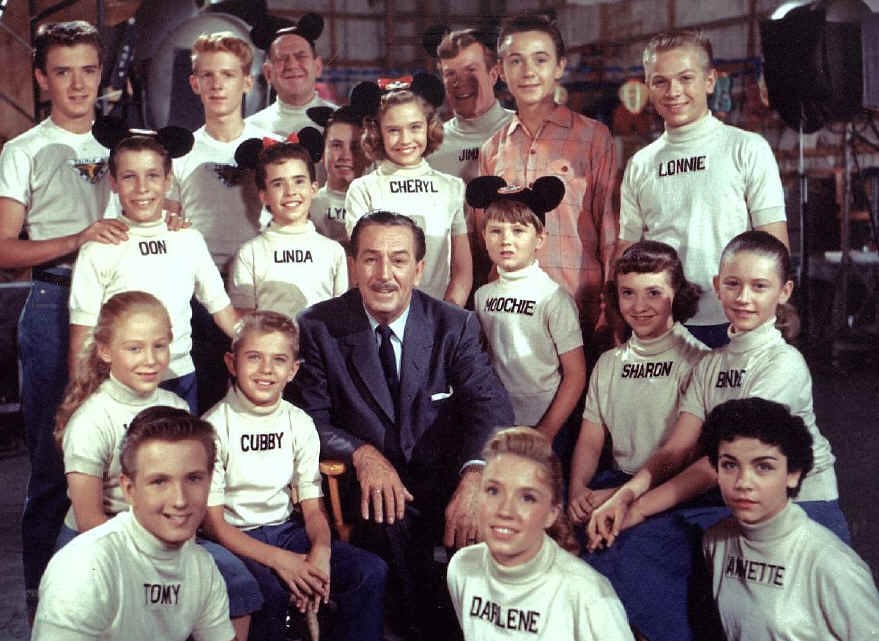 It was the Walt Disney Co. that perfected the science of blending popular art with merchandising. Every Disney movie promoted a Disney product that promoted a Disney theme park that promoted more movies, etc., etc., etc. Like a tobacco company, Disney knew that the best way to hook customers into this purchasing cycle was to get them while they were young. And hence the Mickey Mouse Club was born. Although produced on a shoestring budget, the show was expertly cast to appeal to everyone from preschoolers to pre-teens, and was supported by the peerless craftsmen of Disney's live action, animation and music departments who peppered the show with short but slick adventure serials (e.g. "The Adventures of Spin and Marty") and animated featurettes featuring popular Disney characters, most notably Pinocchio's Jiminy Cricket. Like Sesame Street would do for Generation X'ers 15 years later, The Mickey Mouse Club taught Boomers about manners, safety, sharing and science. Its breakout star, Annette Funicello, also taught young Boomer males about the wonders of female body development. Who's the leader of the Club that's made for you and me? Sing it. You know you want to.
It was the Walt Disney Co. that perfected the science of blending popular art with merchandising. Every Disney movie promoted a Disney product that promoted a Disney theme park that promoted more movies, etc., etc., etc. Like a tobacco company, Disney knew that the best way to hook customers into this purchasing cycle was to get them while they were young. And hence the Mickey Mouse Club was born. Although produced on a shoestring budget, the show was expertly cast to appeal to everyone from preschoolers to pre-teens, and was supported by the peerless craftsmen of Disney's live action, animation and music departments who peppered the show with short but slick adventure serials (e.g. "The Adventures of Spin and Marty") and animated featurettes featuring popular Disney characters, most notably Pinocchio's Jiminy Cricket. Like Sesame Street would do for Generation X'ers 15 years later, The Mickey Mouse Club taught Boomers about manners, safety, sharing and science. Its breakout star, Annette Funicello, also taught young Boomer males about the wonders of female body development. Who's the leader of the Club that's made for you and me? Sing it. You know you want to.
- Leave It to Beaver (1957-1963)
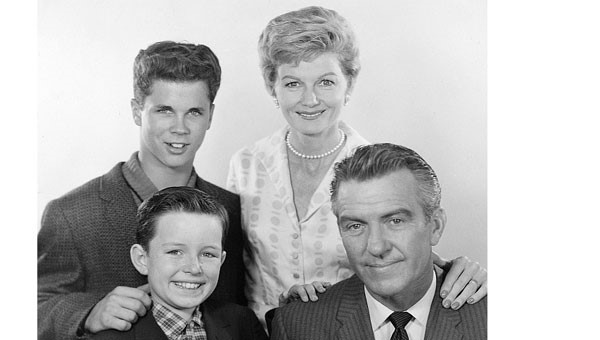 Speak of Eisenhower-Era suburban "normalcy," and two TV sit-coms are inevitably referenced: "Father Knows Best" and "Leave It to Beaver." Both shows represented suburban America as an idyllic, affluent, happy, safe and, yes, white Utopia where problems all tended to be rooted in misunderstandings and no crisis was too big that it couldn't be resolved by wise parenting within 24 minutes. Two key factors tend to make "Beaver" the most memorable and "sticky" of the two shows. One, its stories were told from the kids' point of view, not the parents, which made them more relatable to young Boomers. But its real distinguishing feature was the brilliantly conceived character of Wally Cleaver's best friend, Eddie Haskell. Eddie was a scheming, two-faced, smarmy, glad-handing, manipulative quasi-sociopath destined to wind up either in jail or on Wall Street. Maybe both. (Ironically, the actor who played him, Adam Zolotin (billed as "Ken Osmond"), ended up working as a cop for the LAPD.) While mother June Cleaver gave the show its heart and father Ward Cleaver gave the show its gravitas, it was snarky, sleazy Eddie who gave the show its edge. Down deep, we all wanted to be Eddie Haskell.
Speak of Eisenhower-Era suburban "normalcy," and two TV sit-coms are inevitably referenced: "Father Knows Best" and "Leave It to Beaver." Both shows represented suburban America as an idyllic, affluent, happy, safe and, yes, white Utopia where problems all tended to be rooted in misunderstandings and no crisis was too big that it couldn't be resolved by wise parenting within 24 minutes. Two key factors tend to make "Beaver" the most memorable and "sticky" of the two shows. One, its stories were told from the kids' point of view, not the parents, which made them more relatable to young Boomers. But its real distinguishing feature was the brilliantly conceived character of Wally Cleaver's best friend, Eddie Haskell. Eddie was a scheming, two-faced, smarmy, glad-handing, manipulative quasi-sociopath destined to wind up either in jail or on Wall Street. Maybe both. (Ironically, the actor who played him, Adam Zolotin (billed as "Ken Osmond"), ended up working as a cop for the LAPD.) While mother June Cleaver gave the show its heart and father Ward Cleaver gave the show its gravitas, it was snarky, sleazy Eddie who gave the show its edge. Down deep, we all wanted to be Eddie Haskell.
- The Twilight Zone (1959-1964)
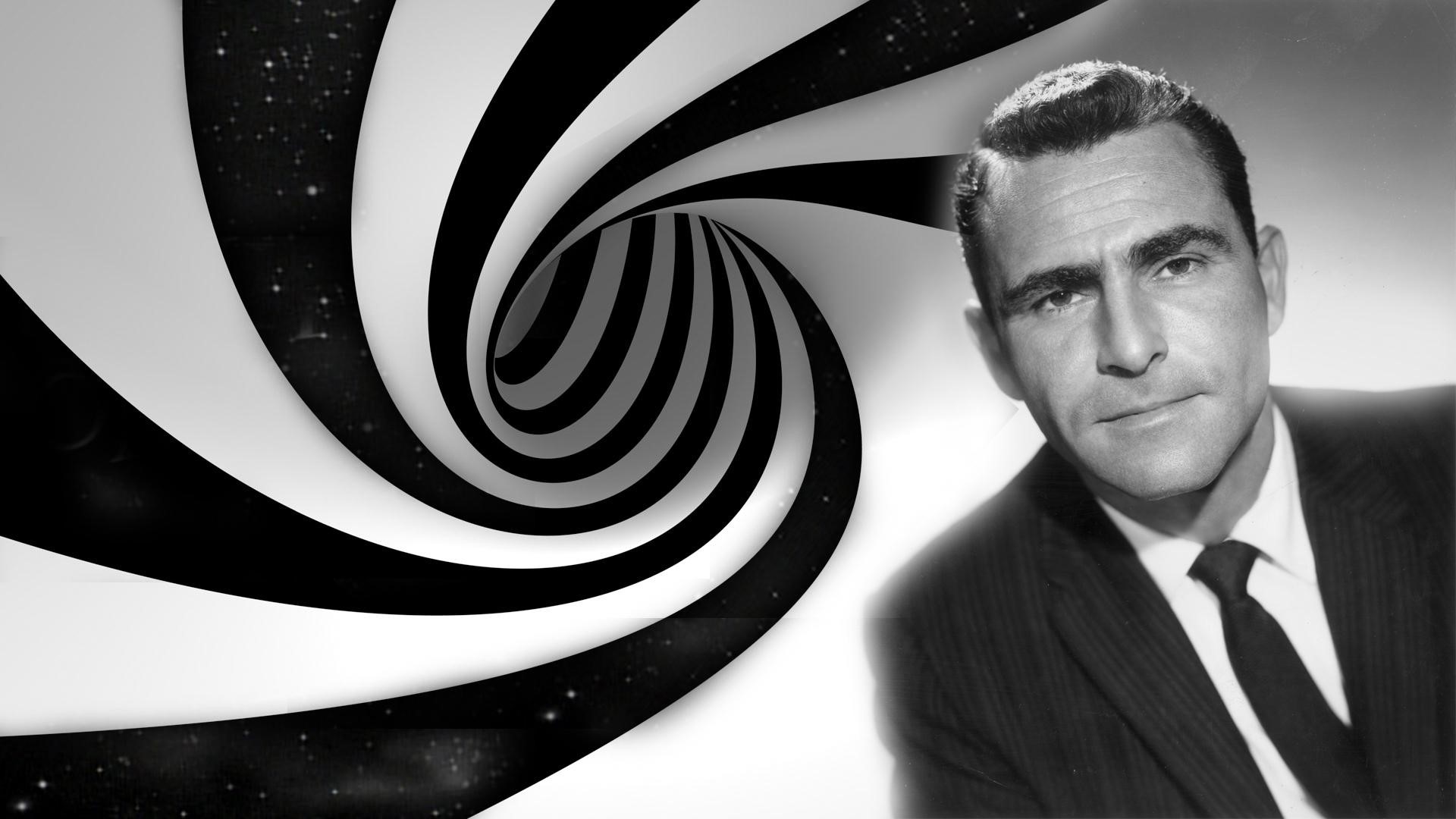 If "The Mickey Mouse Club" was our kindergarten and "Leave It to Beaver" our grammar school, then "The Twilight Zone" was our high school, complete with all the angst, hope, bitterness, sentimentality and sheer terror that life phase embodies. It was from Rod Serling's master class in human nature that we learned life lessons in bigotry, nobility, karma, spirituality and, most of all, irony. We entered "The Twilight Zone" as children, but departed as adults, sadder but wiser in the ways of our often capricious universe, now aware that nightmares sprang not from some unseen realm of angels and demons but from the darkness of our own souls.
If "The Mickey Mouse Club" was our kindergarten and "Leave It to Beaver" our grammar school, then "The Twilight Zone" was our high school, complete with all the angst, hope, bitterness, sentimentality and sheer terror that life phase embodies. It was from Rod Serling's master class in human nature that we learned life lessons in bigotry, nobility, karma, spirituality and, most of all, irony. We entered "The Twilight Zone" as children, but departed as adults, sadder but wiser in the ways of our often capricious universe, now aware that nightmares sprang not from some unseen realm of angels and demons but from the darkness of our own souls.
- The Dick Van Dyke Show (1961-1966)
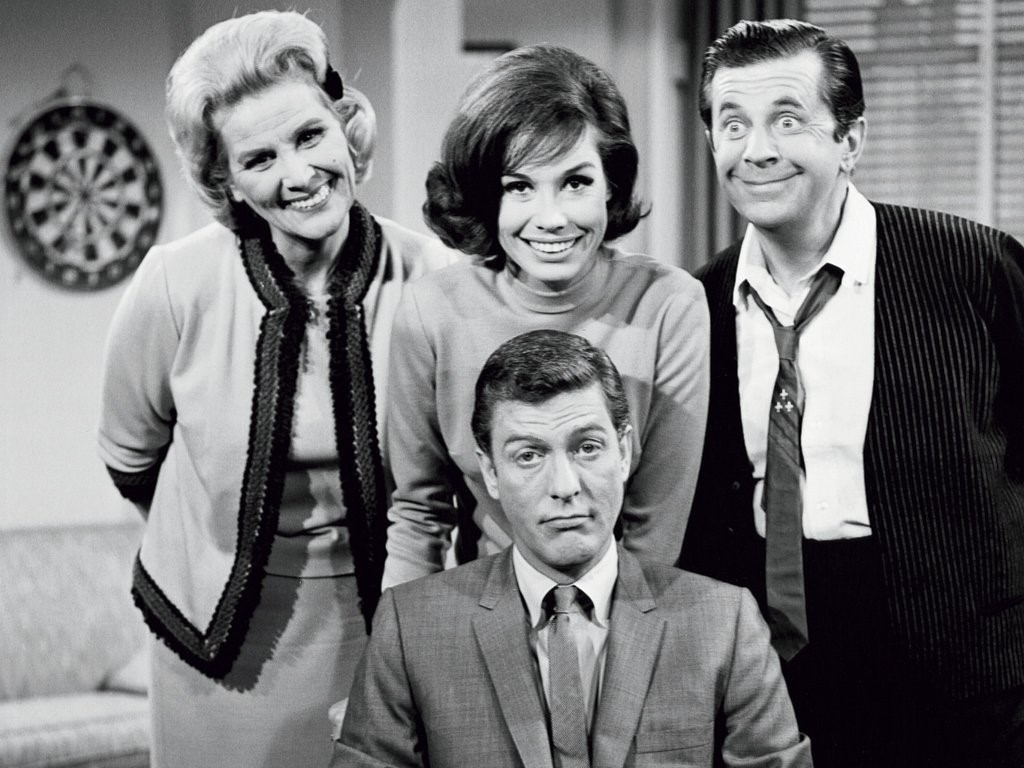 For young Boomers, the Dick Van Dyke Show promised a world of adulthood that made the prospect of growing up actually attractive. Not only was this one of the first sit-coms to take us out of the suburban home and into the workplace (In the worlds of Leave it to Beaver, Father Knows Best, The Adventures of Ozzie & Harriet, etc., we barely had a hint that the fathers were gainfully employed), but it made that workplace look like fun! Instead of toiling in a sweaty factory or at some dreary desk job, the writers of the fictional "Alan Brady Show" -- both male and female -- got to spend all day swapping jokes, hurling insults and perfecting pratfalls. Not only did this make working look like a blast, but if you were a guy, getting to go home to Capri pants-wearing Mary Tyler Moore made the whole adult thing a concept we could get into. Enthusiastically. For those of us lucky enough to subsequently have a career in any form of mass media, there's little doubt our mental templates were formed by The Dick Van Dyke Show.
For young Boomers, the Dick Van Dyke Show promised a world of adulthood that made the prospect of growing up actually attractive. Not only was this one of the first sit-coms to take us out of the suburban home and into the workplace (In the worlds of Leave it to Beaver, Father Knows Best, The Adventures of Ozzie & Harriet, etc., we barely had a hint that the fathers were gainfully employed), but it made that workplace look like fun! Instead of toiling in a sweaty factory or at some dreary desk job, the writers of the fictional "Alan Brady Show" -- both male and female -- got to spend all day swapping jokes, hurling insults and perfecting pratfalls. Not only did this make working look like a blast, but if you were a guy, getting to go home to Capri pants-wearing Mary Tyler Moore made the whole adult thing a concept we could get into. Enthusiastically. For those of us lucky enough to subsequently have a career in any form of mass media, there's little doubt our mental templates were formed by The Dick Van Dyke Show.
- Gilligan's Island (1964-1967)
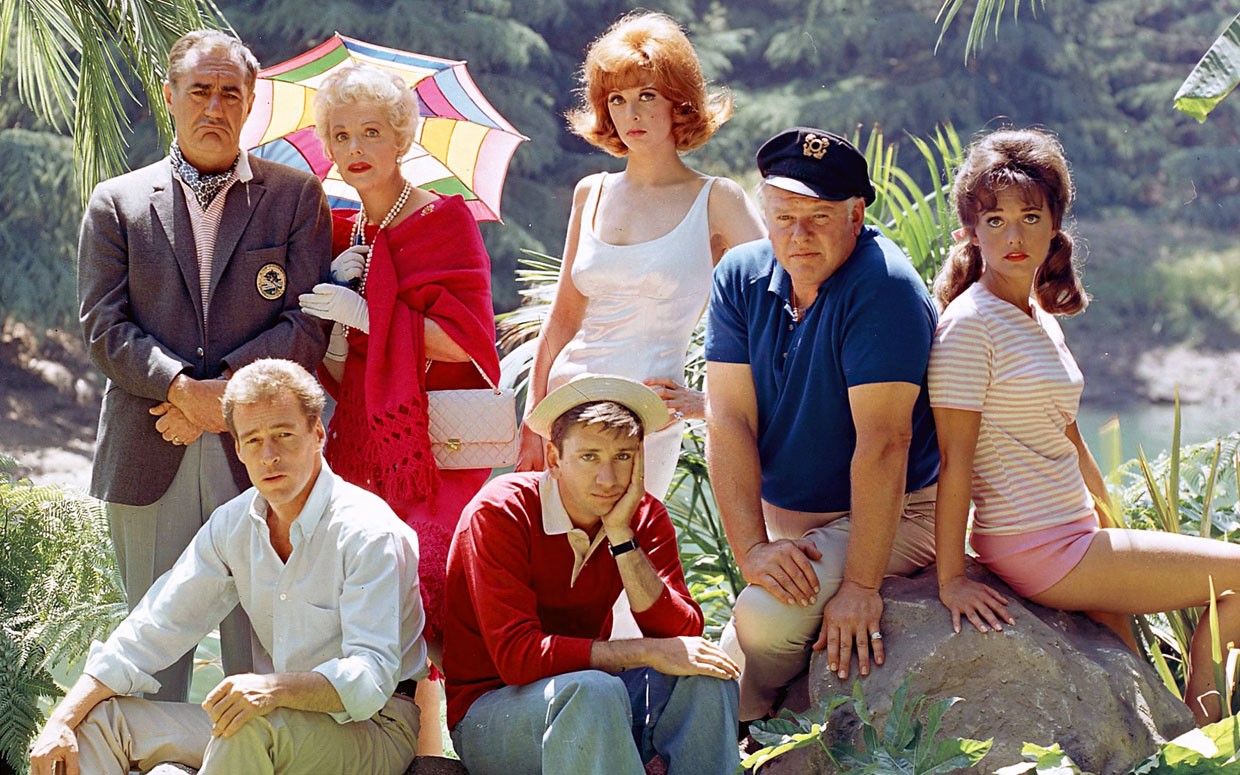 When FCC Chairman Newton Minow famously described network TV as "a vast wasteland" in 1961, this was exactly the kind of show he was talking about. It was mindless. It was juvenile. It had all the emotional and intellectual depth of an oil slick. Not that the show's creator, Sherwood Schwartz, had lofty ambitions. In fact, he famously named his castaways' doomed ship "The Minnow" in honor of the critical FCC chairman. If the show was so bad, why do we still talk about it today? Why is its theme song (also written by Schwartz) part of the Great American Songbook? It's not the writing. It's not the acting. No, it's the concept. Take a bunch of unrelated people representing a wide range of economic and social strata, isolate them, force them to work together, then sit back and enjoy the fun. Without Gilligan's Island, we would never have had Big Brother. Or Survivor. Or Lost. Or The Walking Dead. (More than 50 years later, we're still pondering the age-old question: Ginger or Mary Anne?)
When FCC Chairman Newton Minow famously described network TV as "a vast wasteland" in 1961, this was exactly the kind of show he was talking about. It was mindless. It was juvenile. It had all the emotional and intellectual depth of an oil slick. Not that the show's creator, Sherwood Schwartz, had lofty ambitions. In fact, he famously named his castaways' doomed ship "The Minnow" in honor of the critical FCC chairman. If the show was so bad, why do we still talk about it today? Why is its theme song (also written by Schwartz) part of the Great American Songbook? It's not the writing. It's not the acting. No, it's the concept. Take a bunch of unrelated people representing a wide range of economic and social strata, isolate them, force them to work together, then sit back and enjoy the fun. Without Gilligan's Island, we would never have had Big Brother. Or Survivor. Or Lost. Or The Walking Dead. (More than 50 years later, we're still pondering the age-old question: Ginger or Mary Anne?)
- Star Trek (1966-1969)
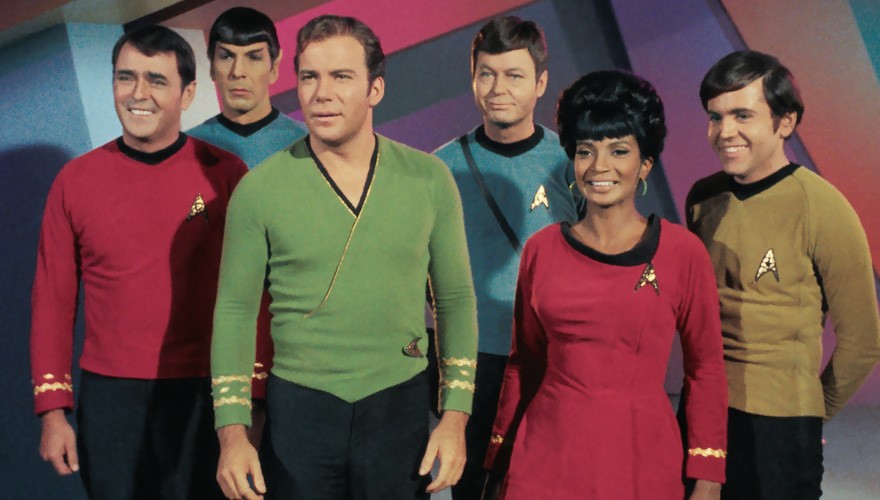 "Space…the Final Frontier…." These opening lines continue to give us anticipatory chills, even to this day. Premiering just as the U.S. Space Program was finally hitting its stride -- and as urban race riots and Vietnam casualty reports were starting to undermine America's faith in its government and institutions -- "Star Trek" told us that the future was something we could look forward to. Marketed as "TV's first adult science fiction series" -- to separate it from the its Captain Video, Tom Corbett and Lost in Space antecedents -- "Star Trek" tapped the talent of some of America's top science fiction writers, including Theodore Sturgeon, Norman Spinrad, Robert Bloch and Harlan Ellison, to take our collective imaginations to the far edges of the galaxy at warp speed. The U.S.S. Enterprise is arguably the most famous fictional spacecraft of all time, the show's core characters -- Captain Kirk, Mr. Spock, Dr. McCoy, Montgomery Scott -- now as iconic as Sherlock Holmes, Atticus Finch and James Bond. Although lacking today's technical sophistication, hobbled by some cheesy over-acting, garish sets and Mad Men-era sexism, "Star Trek" has endured like few other Baby Boom-era properties, launching more than a half-dozen spin-off series and more than a dozen big-budget motion pictures. We can also thank it for inspiring the flip phone.
"Space…the Final Frontier…." These opening lines continue to give us anticipatory chills, even to this day. Premiering just as the U.S. Space Program was finally hitting its stride -- and as urban race riots and Vietnam casualty reports were starting to undermine America's faith in its government and institutions -- "Star Trek" told us that the future was something we could look forward to. Marketed as "TV's first adult science fiction series" -- to separate it from the its Captain Video, Tom Corbett and Lost in Space antecedents -- "Star Trek" tapped the talent of some of America's top science fiction writers, including Theodore Sturgeon, Norman Spinrad, Robert Bloch and Harlan Ellison, to take our collective imaginations to the far edges of the galaxy at warp speed. The U.S.S. Enterprise is arguably the most famous fictional spacecraft of all time, the show's core characters -- Captain Kirk, Mr. Spock, Dr. McCoy, Montgomery Scott -- now as iconic as Sherlock Holmes, Atticus Finch and James Bond. Although lacking today's technical sophistication, hobbled by some cheesy over-acting, garish sets and Mad Men-era sexism, "Star Trek" has endured like few other Baby Boom-era properties, launching more than a half-dozen spin-off series and more than a dozen big-budget motion pictures. We can also thank it for inspiring the flip phone.
- M*A*S*H (1972-1983)
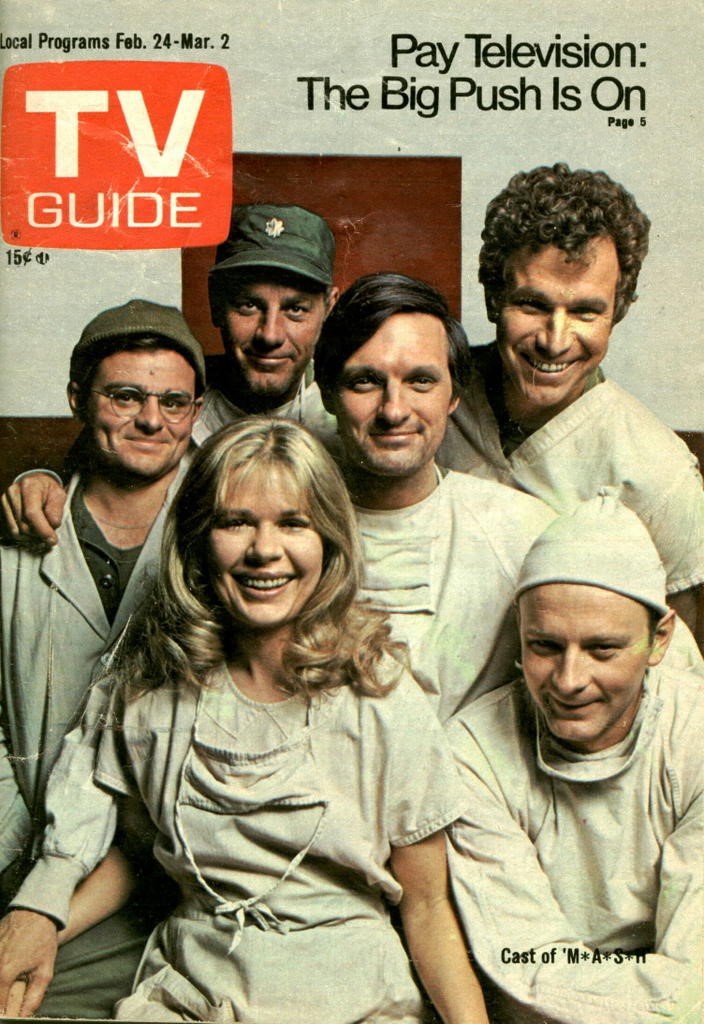 Based on Robert Altman's 1970 counter-culture hit -- itself based on Richard Hooker's less-than-counter-culture 1968 novel -- M*A*S*H blended late 1960s anti-war sentiment, Mad Magazine-era cynicism and Marx Brothers-inspired anarchy to create one of the great comedy/dramas of all time. Although ostensibly set during the Korean War (1950-1953), M*A*S*H was clearly an allegory for the insanity of the Vietnam conflict that was still raging when the show premiered, and boisterously affirmed every suspicion the Boomer generation had about authority, bureaucracy, conformity and the military-industrial complex. The irony of M*A*S*H was that it not only lasted three times longer than the Korean War itself, but was still going strong even after the Vietnam War had vanished in America's cultural rear-view mirror. One of the most successful syndicated series of all time -- the holder of the most-viewed series finale in history -- M*A*S*H embodied the Boomer generation's last burst of lofty idealism before the Reagan Era would send it crashing back to Earth.
Based on Robert Altman's 1970 counter-culture hit -- itself based on Richard Hooker's less-than-counter-culture 1968 novel -- M*A*S*H blended late 1960s anti-war sentiment, Mad Magazine-era cynicism and Marx Brothers-inspired anarchy to create one of the great comedy/dramas of all time. Although ostensibly set during the Korean War (1950-1953), M*A*S*H was clearly an allegory for the insanity of the Vietnam conflict that was still raging when the show premiered, and boisterously affirmed every suspicion the Boomer generation had about authority, bureaucracy, conformity and the military-industrial complex. The irony of M*A*S*H was that it not only lasted three times longer than the Korean War itself, but was still going strong even after the Vietnam War had vanished in America's cultural rear-view mirror. One of the most successful syndicated series of all time -- the holder of the most-viewed series finale in history -- M*A*S*H embodied the Boomer generation's last burst of lofty idealism before the Reagan Era would send it crashing back to Earth.
- SATURDAY NIGHT LIVE (1975-PRESENT)
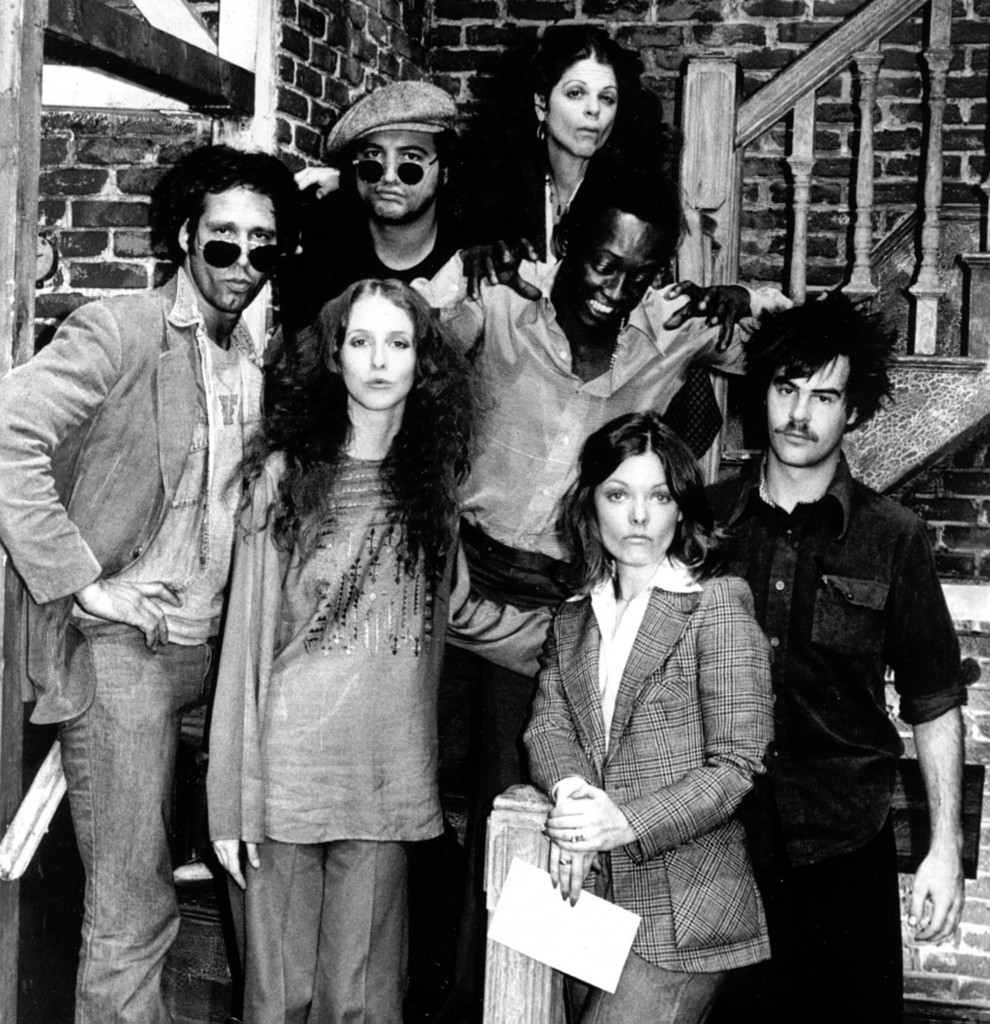 SNL (or simply "Saturday Night" as it was original called), was the transitional TV series for the Baby Boom generation in that it was the first show FOR Boomers written BY Boomers. The show's key creative staff -- producer Lorne Michaels, writers Michael O'Donoghue, Anne Beats, Al Franklin, Chevy Chase -- were all Harvard Lampoon and Second City alum who'd come of age during the turbulent 60s and were now ready to show the WWII Generation how it's done. Reflecting the satirical, urbane and topical sensibilities of Mad Magazine, Jay Ward's Rocky & Bullwinkle cartoons, That Was the Week That Was and character-centric improv comedy, SNL quickly became the hottest thing on TV, creating the staging ground for what would be three generations of top TV and motion picture comedy talent. (Not to mention one U.S. Senator.) That SNL continues to be relevant in the 21st century demonstrates that, despite its many internal contradictions, fragile idealism and, some would say, bloated sense of self-importance, the Baby Boom generation's rebellious streak proved to be a valuable and enduring contribution to the American experiment.
SNL (or simply "Saturday Night" as it was original called), was the transitional TV series for the Baby Boom generation in that it was the first show FOR Boomers written BY Boomers. The show's key creative staff -- producer Lorne Michaels, writers Michael O'Donoghue, Anne Beats, Al Franklin, Chevy Chase -- were all Harvard Lampoon and Second City alum who'd come of age during the turbulent 60s and were now ready to show the WWII Generation how it's done. Reflecting the satirical, urbane and topical sensibilities of Mad Magazine, Jay Ward's Rocky & Bullwinkle cartoons, That Was the Week That Was and character-centric improv comedy, SNL quickly became the hottest thing on TV, creating the staging ground for what would be three generations of top TV and motion picture comedy talent. (Not to mention one U.S. Senator.) That SNL continues to be relevant in the 21st century demonstrates that, despite its many internal contradictions, fragile idealism and, some would say, bloated sense of self-importance, the Baby Boom generation's rebellious streak proved to be a valuable and enduring contribution to the American experiment.
About the Author: Allen Ury is a quintessential Boomer (born in 1954) who was weaned on television. A sometimes TV- and screenwriter with more than 20 published children's horror books to his credit as well as his own line of science fiction model kits, Allen currently lives and works in beautiful Orange County, Calif., where he still watches way too much TV.
Extended Warranties: Yes or No?
 The experts say most extended warranties aren’t worth the money. Chances are good that if anything is wrong with the item, it’ll break down during the original warranty period. If it doesn’t depreciation on the item may make replacement a wiser choice than the cost of the extended warranty.
The experts say most extended warranties aren’t worth the money. Chances are good that if anything is wrong with the item, it’ll break down during the original warranty period. If it doesn’t depreciation on the item may make replacement a wiser choice than the cost of the extended warranty.
One exception: if you have a Smartphone and are prone to breaking or losing it.
True Story: Our Lips Are Sealed
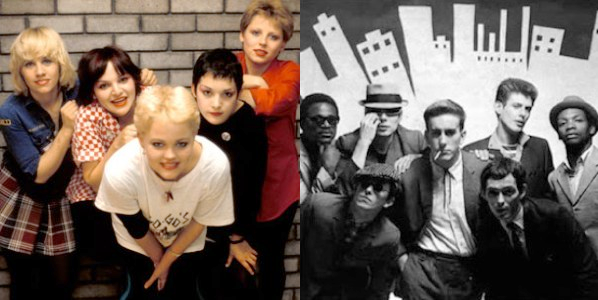
The song that broke the Go-Go’s into the major leagues came about because Go-Go’s guitarist Jane Weiden was looking for love in all the wrong places. (hey, that might make a catchy song, too!)
While touring the UK, Weiden began a romance with Terry Hall from another band known as the Specials. The two of them co-wrote the song about their efforts to keep the affair on the down low as Hall already had another girlfriend.
The Go-Go’s very up-tempo version was a monster smash in the U.S. while Hall recorded a much slow version with his new band, Fun Boy Three. That version became a hit in the UK.
Listen long enough and you’ll hear both versions here at BoomtownAmerica.com!
Who Remembers the Weinermobile?

Keeping Your Smartphone & Tablet Safe
 Many smartphones and tablets are preset to find and join networks automatically. This may seem like a good idea as it could save you on data fees, but be careful.
Many smartphones and tablets are preset to find and join networks automatically. This may seem like a good idea as it could save you on data fees, but be careful.
Many public networks are unsecure and can easily be breached by hackers.
You can solve this problem in two ways.
First, turn off the option on your device(s) to automatically connect to networks and turn on the option to ask you first. Second, simply make sure your phone or tablet is off when you’re not using it. Hackers can’t access a device if it’s off the grid.
A Legend in Rock: Tommy James
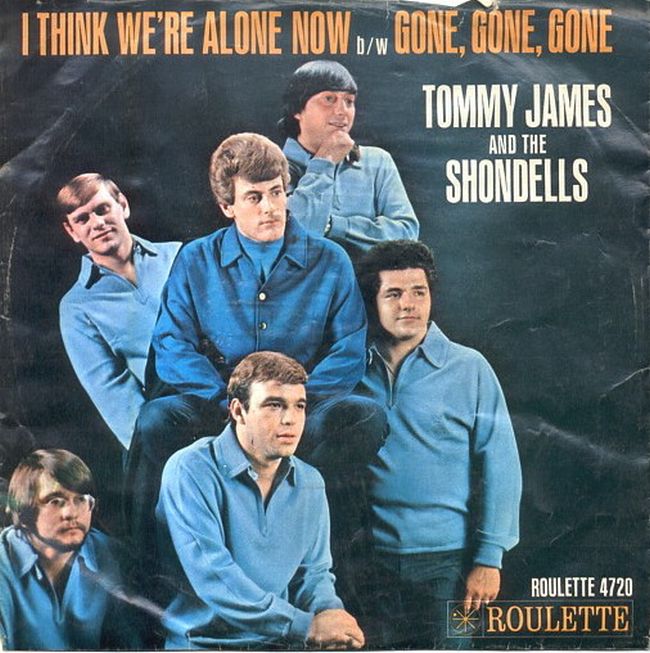 At the age of 22 in 1969, Tommy James had a string of 14 TOP 40 hits and was riding high. By 1972 at the age of 25, he was washed up.
At the age of 22 in 1969, Tommy James had a string of 14 TOP 40 hits and was riding high. By 1972 at the age of 25, he was washed up.
What happened to one of the 1960’s most prolific rockers?
In the first place, Tommy James (born Thomas Jackson) hit recording pay dirt almost by accident.
Tommy and his first band, the Shondells, were a local sensation in the Niles, Michigan area. They recorded a Jeff Barry-Ellie Greenwich tune called “Hanky Panky” for a small label owned by Niles DJ Jack Douglas. The record got some local airplay and promptly sank from sight. The Shondells, like most young bands in the mid-sixties, broke up and went their separate ways.
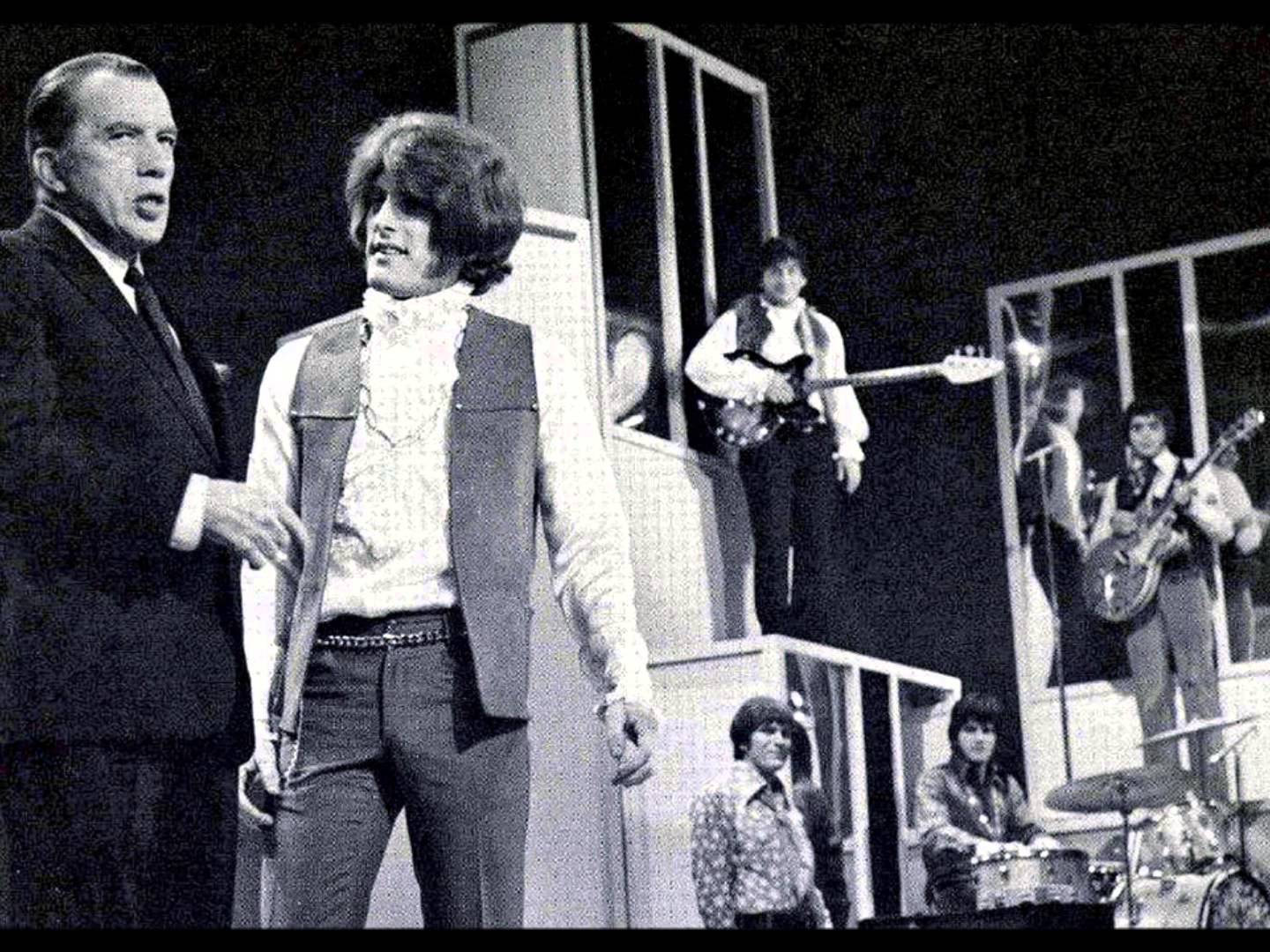 In the meantime, a Pittsburgh dance promoter named Bob Mack found a copy of “Hank Panky” in a used record bin at a store and started playing it at dances and sock hops in the Pittsburgh area. The song caught on with the Pittsburgh kids and a local record bootlegger started pressing copies on his own. When he sold 80,000 copies in the space of a few weeks, the major labels took notice.
In the meantime, a Pittsburgh dance promoter named Bob Mack found a copy of “Hank Panky” in a used record bin at a store and started playing it at dances and sock hops in the Pittsburgh area. The song caught on with the Pittsburgh kids and a local record bootlegger started pressing copies on his own. When he sold 80,000 copies in the space of a few weeks, the major labels took notice.
Tommy James along with Douglas, Mack and Mack’s partner, Chuck Rubin, traveled to New York. At first, all the major labels seemed interested. Then, they suddenly backed away. It appears that the head of Roulette Records, Morris Levy, had actually threatened the other labels. Roulette was rumored to be a front for the mob and nobody wanted to mess with Levy. So Tommy James signed with the label.
After recruiting a Pennsylvania band, the Raconteurs, as the new Shondells, Tommy James cranked out an impressive string of hits over the next 4 years:
- Say I Am
- It’s Only Love
- I Think We’re Alone Now
- Mirage
- I Like the Way
- Getting’ Together
- Mony Mony (James claims the name came from a Mutual of New York MONY billboard he saw when he was recording the song)
- Do Something to Me
- Crimson and Clover
- Sweet Cherry Wine
- Crystal Blue Persuasion
- Ball of Fire
- She
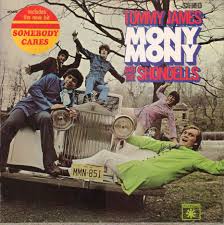 By 1969, James could clearly see that the focus of the music business was shifting from pop singles to longer, more complex albums.
By 1969, James could clearly see that the focus of the music business was shifting from pop singles to longer, more complex albums.
Unfortunately, James tried hard but could never make the transition. He turned down an invitation to play at Woodstock, failing to understand how significant that concert would be. The Shondells broke up.
After two minor hits as a solo artist (“Draggin’ the Line” and “Three Ties in Love”) and one as co-writer and producer (“Tighter & Tighter” for Alive ‘n’ Kickin’), experiencing some drug problems, and tired of the pressures of the music scene, he left Roulette Records in 1974.
James spent some time recording in Nashville and made an album in 2008 with the surviving members of the Shondells.
James racked up 23 gold singles, 9 gold and platinum albums. His early hits have been covered by over 300 other musicians.
 His autobiography Me, the Mob and the Music, was published in 2010. In it, James claims that Roulette still owes him $30 to $40 million in royalties that were never paid. He also details how strong a hold organized crime had on the music business during that time.
His autobiography Me, the Mob and the Music, was published in 2010. In it, James claims that Roulette still owes him $30 to $40 million in royalties that were never paid. He also details how strong a hold organized crime had on the music business during that time.
James currently lives in Cedar Grove, New Jersey.
You can find his official website at TommyJames.com.
Wear Some Flowers in Your Hair
Did you mis it?
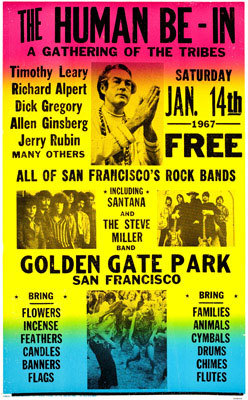
Why It's the Best Thing for Breast-Feeding Mothers!
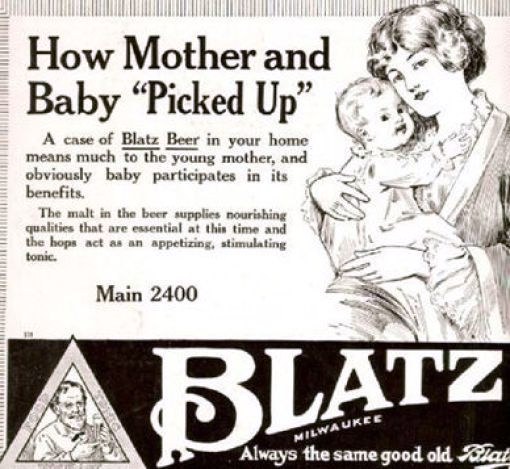
Pop Up Player
Latest Posts–Music
-
Superstars of the 60s: Dave Clark Five
Almost forgotten now, the Dave Clark Five were at one time considered to be the band that would dethrone the Beatles as the Baby Boomers’ favorite. How could that be? Before we answer that question,…
-
Revenge of the One-Hit Wonders: "Angle of the Morning" by Merilee Rush
The True Stories Behind Rock’s “1-and-Done” Classics “Angel of the Morning” (1968) As is often the case with 1-Hit Wonders, the composer and producers of “Angel of the Morning” actually had long, successful careers, even…
-
Who's on First? Jeff Lynne's ELO!
Two relatively new CDs may be of interest to Baby Boomers. They are both 2-disc live recordings. The first is a bit of a time capsule. The second is a more recent recording capturing one…
-
The Story Behind the Song - "Landslide"
Stevie Nicks’ song “Landslide,” recorded by Fleetwood Mac, has been a fan favorite since it appeared on the band’s breakthrough album in 1975. But it had been written two years before. The first (and only)…
-
Performing Nitely at the Saints & Sinners Cocktail Lounge...
Girls, don't all rush them at once......
-
Happy Birthday, Disney World
It was 54 years ago this week (October 1st) that Florida gained the attraction that has now come to define the state as Walt Disney World opened for the first time.Initially, just one theme park…



